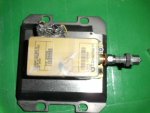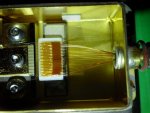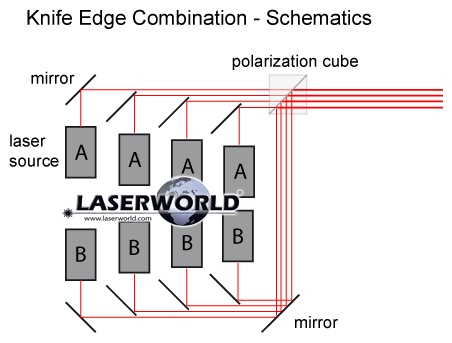Alaskan
0
- Joined
- Jan 29, 2014
- Messages
- 12,031
- Points
- 113
Another thing you could do is just stack up the knife edging only in the narrow axis, achieving a stack 50-80mm tall, and then correct the beam with cylindrical optics + prism pairs in the wide axis to form a "square" beam of the target size.
Like this ¦ one on top the other? How do I stack them that way, are the diode holders elevated from one to the other to do so? My thought is mirrors can't align them that way or they would end up shooting off in different directions due to having an angle, or not flat to one another, that they can only correct minor errors, that physical stacking of the diode height is needed to achieve this, correct?
Bionic, can you help me understand this online lens diameter to wavelength divergence calculator: US-Lasers - Beam Divergence Calculator ?
I don't see how this calc. can really give the divergence, being the structure of the diodes themselves determines much too. Maybe this assumes single mode?
Last edited:











